Any passionate home chef will tell you that the heart of the kitchen isn’t the stove, the fancy gadgets, or even the ingredients stocked in the pantry—it’s the knife. A good knife isn’t just a tool; it’s an extension of the chef’s hand, a trusty companion through the culinary adventures that unfold in the kitchen. Many home chefs have this question: Wusthof vs Zwilling which one to buy. Whether slicing through a ripe tomato with precision, chopping herbs finely without bruising them, or carving a roast with masterful ease, the knife makes it all possible.
In the quest for the perfect kitchen knife, two names stand out above the rest: Wusthof and Zwilling. Both are titans in the world of high-quality kitchen knives, each with a storied heritage and a reputation for excellence. Wusthof, founded in 1814 in Solingen, Germany, has been crafting knives with precision and care for over 200 years. Zwilling, even older, has been at it since 1731, also in Solingen—known as the “City of Blades.” These brands have honed their craft over centuries, offering chefs around the world tools that blend tradition with cutting-edge technology.
However, with such pedigree and quality from both companies, the choice between Wusthof and Zwilling can leave even the most discerning home chefs in a dilemma. Which brand offers the better knife for their culinary needs? Which knife will make the cut as the cornerstone of their kitchen endeavors? This article aims to slice through the confusion, providing an in-depth comparison of Wusthof and Zwilling knives. From the forging process and material quality to the ergonomics of the handle and the precision of the blade, we’ll help you decide which knife is best suited to your cooking style, enhancing your culinary creations and making every meal a masterpiece.
The Significance of Investing in Quality Knives
The kitchen knife is more than just a simple tool—it’s the linchpin of the culinary world, shaping the experience of the cook and the outcome of every dish. The difference between a meal prepared with a subpar knife and one crafted with a high-quality blade is not just visible in the presentation but palpable in the taste. Here, we delve into the crucial aspects that underscore the importance of investing in quality knives for home chefs.
The Role of a Quality Knife in the Kitchen
A high-quality knife transforms cooking from a mundane task to an art form. Efficiency is the first hallmark of a superior blade. With a sharp, well-crafted knife, what used to be laborious prep work becomes swift and satisfying. Chopping onions, slicing bread without crushing it, or filleting a fish with precision saves time and effort, allowing the chef to focus on creativity rather than struggling with the basics.
Precision follows efficiency. A quality knife affords the chef the control needed to execute cuts with exactitude, whether it be julienning vegetables or carving intricate garnishes. Such precision enhances not only the aesthetics of a dish but its texture and taste, as evenly cut ingredients cook more uniformly.
Lastly, a top-tier knife significantly improves safety in the kitchen. Contrary to intuition, a sharper knife is safer because it requires less force to cut through ingredients, reducing the risk of the knife slipping and causing an injury. Additionally, the balance and ergonomics of a quality knife ensure that it sits comfortably in the hand, further minimizing the risk of accidents.
Long-Term Investment
The allure of cheaper knives can be tempting, especially when budget constraints clink against the desire for quality. However, the cost-benefit analysis of opting for durable, high-performance knives over less expensive alternatives tends to favor the former in the long run. Quality knives, made from superior materials and with expert craftsmanship, withstand the rigors of daily use without dulling prematurely, resisting corrosion and wear better than their cheaper counterparts.
Moreover, the longevity of a quality knife offsets its initial cost. While a lesser knife might need replacement every few years, a well-maintained knife from a reputable brand can last a lifetime, making it a more economical choice over time. Beyond the financial aspect, the performance and reliability of a quality knife eliminate the frustration and limitations imposed by inferior tools, enriching the cooking experience immeasurably.
Investing in a high-quality knife, therefore, is not just an expenditure but an investment in one’s culinary journey—a decision that enhances efficiency, precision, safety, and enjoyment in the kitchen. It’s a testimony to the belief that good food is not just about what is cooked but how it’s prepared, and the right knife is a crucial ingredient in that recipe.
Understanding Knife Craftsmanship
The art of knife making is an ancient one, with techniques and secrets passed down through generations. In the modern culinary world, two names stand out for their commitment to craftsmanship: Wusthof and Zwilling. Both brands have honed their art over centuries, yet each brings its unique approach to knife making. Understanding the subtleties of their craftsmanship offers insights into the superior performance of their knives.
The Forging Process

Wusthof and Zwilling knives undergo a rigorous forging process, but each brand has its distinctive technique, affecting the final product’s performance. Wusthof utilizes a traditional forging method known as Precision Edge Technology (PEtec), enhancing sharpness and ensuring the edge retention is 20% sharper with twice the edge retention compared to traditional methods. This process involves computer-controlled steel forging, which optimizes the steel’s structure at the molecular level for unparalleled durability and performance.
On the other hand, Zwilling J.A. Henckels employs the proprietary SIGMAFORGE process, which also starts with a single piece of high-carbon stainless steel. This method involves forging the knives from a single piece of steel, followed by ice-hardening to enhance the blades’ sharpness, durability, and corrosion resistance. This meticulous approach ensures that Zwilling knives feature precise geometry, high elasticity, and improved stability.
Material Matters
Both Wusthof and Zwilling opt for high-carbon stainless steel in their knives, but the specifics of the alloys and the treatment processes distinguish their products. High-carbon stainless steel combines the best of both worlds: the edge retention and sharpness of carbon steel with the rust resistance of stainless. Wusthof’s blades are renowned for their exceptional strength, due in part to the high amount of carbon, which makes the metal harder and the edge more resistant to dulling.
Zwilling also uses a special formula of high-carbon stainless steel, but it emphasizes the cryodur blades’ ice-hardening process. This technique involves cooling the steel down to -196°C, which changes the steel’s structure on a molecular level, resulting in increased strength, resilience, and resistance to wear. The result is a blade that maintains its sharpness longer and is less prone to chipping or damage.
Handling and Balance
The ergonomics and balance of a knife are crucial to its performance and the user’s comfort. Wusthof knives are designed with a full tang and a bolster that provides excellent balance, making the knife feel like an extension of the hand. This design reduces fatigue during long sessions of food prep and allows for precision cuts with minimal effort.
Zwilling knives also feature a full tang and are engineered for balance, but they often have a more contoured handle design. This ergonomic approach caters to the natural grip of the user’s hand, offering comfort and control. Anecdotes from users highlight how Zwilling knives promote a more relaxed grip and reduce the risk of blisters or discomfort during prolonged use.
Both Wusthof and Zwilling have mastered the art of knife craftsmanship, balancing tradition with technological advances. While the choice between them may come down to personal preference, understanding their crafting processes, materials, and design philosophies reveals why they stand at the pinnacle of culinary toolmaking.
Wusthof Knives: Features, Pros, and Cons

Wusthof stands as a titan in the world of high-quality kitchen knives, with a tradition that traces back over 200 years. This German brand, known for its uncompromising quality and precision, has carved a revered spot in kitchens around the globe, from professional culinary environments to the homes of passionate amateur chefs.
Brand Overview
Founded in 1814 in Solingen, Germany, often referred to as the “City of Blades,” Wusthof has maintained its legacy as a family-owned business now under the guidance of the seventh generation. Throughout the years, Wusthof has remained dedicated to crafting knives that offer superior performance and durability, a testament to the brand’s enduring commitment to quality and innovation. Its reputation in the market is built on the pillars of exceptional craftsmanship, advanced technology, and meticulous quality control, ensuring that each knife meets the high standards set by both professional chefs and home cooks.
Key Product Features
Wusthof’s product portfolio is comprehensive, encompassing a range of knives to suit virtually every culinary task. Among the most popular models for home chefs are the Classic, Classic Ikon, and Grand Prix II series. These knives are celebrated for their blade sharpness, achieved through Wusthof’s Precision Edge Technology (PEtec), which ensures that each blade is 20% sharper with twice the durability of standard knives. The maintenance of these knives is straightforward, with the brand recommending regular honing and professional sharpening to preserve the blades’ edge. When it comes to versatility, Wusthof knives are designed to cater to a broad spectrum of culinary tasks, from chopping and slicing to mincing and dicing, making them indispensable tools in the kitchen.
Pros and Cons
Pros:
- Superior Craftsmanship: Wusthof knives are forged from a single block of high-carbon stainless steel, ensuring strength, durability, and a precision edge.
- Ergonomic Design: With features like full tangs, bolsters for protection, and ergonomically designed handles, these knives offer balance and a comfortable grip, reducing hand fatigue.
- Versatility: The broad range of knives available caters to all culinary needs, from basic chopping to more specialized tasks like boning and carving.
Cons:
- Price: The high quality and craftsmanship of Wusthof knives come with a premium price tag, which may be a consideration for some home chefs.
- Weight: Some users find the knives, particularly the forged models, to be on the heavier side, which could impact ease of use during prolonged culinary tasks.
- Maintenance: While not necessarily a drawback, the need for regular honing and occasional professional sharpening to maintain the blade’s edge could be perceived as a con by those looking for low-maintenance options.
Wusthof’s reputation for producing high-caliber kitchen knives is well-deserved, with the brand’s commitment to quality evident in every product. While there are considerations to weigh, such as cost and the heft of the knives, the advantages of incorporating Wusthof knives into a culinary repertoire—namely their precision, durability, and versatility—outweigh the potential drawbacks for many dedicated home chefs.
Zwilling Knives: Features, Pros, and Cons

Zwilling J.A. Henckels, renowned for its tradition of excellence and innovation in the world of kitchen knives, has been a beacon of quality since 1731. Crafted in Solingen, Germany, the “City of Blades,” Zwilling’s reputation is built on a foundation of superior craftsmanship, advanced material science, and a deep understanding of home chefs’ and professionals’ needs alike.
Brand Overview
With almost three centuries of history, Zwilling stands as one of the oldest and most respected names in knives. The brand’s commitment to quality is evident in its use of high-quality materials, cutting-edge technology, and artisanal craftsmanship. Zwilling takes pride in offering knives that are as beautiful to look at as they are effective in the kitchen, embodying a blend of tradition and innovation that few can match.
Key Product Features
Zwilling offers a broad array of knives that cater to the myriad needs of home chefs. Among its most acclaimed series are the Pro, Four Star, and Twin Four Star II, known for their distinctive design, functionality, and durability. Key features that set Zwilling knives apart include:
- Blade Sharpness: Utilizing the proprietary FRIODUR ice-hardening process, Zwilling enhances the quality of its knives, ensuring remarkable sharpness, durability, and resistance to corrosion and wear.
- Maintenance: Zwilling knives are designed for easy care, with many of the blades featuring stain-resistant properties. Regular honing and proper storage suffice to maintain their edge and performance.
- Versatility and Specialization: Beyond offering standard kitchen knives, Zwilling excels in providing specialized blades, including santoku knives, bread knives, and vegetable cleavers, each designed to perform specific tasks with unparalleled efficiency.
Pros and Cons
Pros:
- Innovative Technology: Zwilling’s use of advanced technologies, such as the FRIODUR ice-hardening process, sets its knives apart in terms of sharpness and durability.
- Wide Range of Options: Whether you’re looking for an entry-level set or specialized tools, Zwilling offers an extensive selection to meet every culinary need.
- Price Points: Zwilling provides a broader range of price options, making high-quality knives more accessible to a wider audience.
Cons:
- Complex Selection: The extensive variety of series and models might overwhelm beginners or those seeking a simple solution.
- Balancing Act: While most users praise the balance of Zwilling knives, some find certain models handle-heavy, which may affect maneuverability and comfort.
- Distinctive Care Needs: While maintenance is generally straightforward, some of the specialized blades may require additional care or specific sharpening tools to maintain their optimal performance.
Zwilling knives stand out for their innovative approach to knife-making, offering a combination of traditional craftsmanship and modern technology. With options for every level of culinary expertise and budget, Zwilling caters to a broad audience. While the selection and care of these knives may require a bit of a learning curve, the quality, performance, and versatility of Zwilling knives make them a worthy addition to any kitchen.
Comparative Analysis: Wusthof vs. Zwilling
| Feature | Wusthof | Zwilling |
| Performance | Precision Edge Technology for long-lasting sharpness. | FRIODUR ice-hardening for sharp, durable blades. |
| Durability | High-carbon stainless steel with emphasis on edge retention. | High-carbon stainless steel, enhanced by ice-hardening. |
| Maintenance | May require professional sharpening due to edge technology. | Easy to maintain; regular honing and proper storage is enough. |
| Price | Typically higher, reflecting premium quality and durability. | Offers a broader range of price points. |
| Best For | Avid cooks valuing precision, edge retention, and durability. | Home chefs seeking versatility, ease, and a range of prices. |
Maintenance Tips for High-Quality Knives
Maintaining high-quality knives is essential for ensuring their longevity and performance. Here are some practical tips for caring for your premium knives:
- Honing vs. Sharpening: Understand the difference. Honing realigns the edge of the knife and should be done regularly, while sharpening removes material from the blade to create a new edge and is needed less frequently. Use a honing steel weekly and have your knives professionally sharpened or use a quality sharpener a few times a year.
- Proper Cleaning: Always hand-wash your knives with warm, soapy water and dry them immediately. Dishwashers can dull knife edges and damage handles.
- Storage Solutions: Avoid storing knives loosely in drawers where they can get damaged. Opt for a knife block, magnetic strip, or protective sheaths to keep edges sharp and reduce wear.
- Use the Right Cutting Surface: Hard surfaces like glass or stone can dull your knives quickly. Use wooden or composite cutting boards to keep edges sharper for longer.
- Avoid Misuse: Don’t use your knives for inappropriate tasks, like opening packages or cutting through bones (unless they are specifically designed for that purpose). This can damage the blade and reduce its life span.
Following these tips will help maintain the sharpness, balance, and overall integrity of your high-quality knives, ensuring they remain reliable tools in your culinary adventures.
Conclusion
In this comprehensive exploration of Wusthof and Zwilling knives, we’ve delved into the heritage, craftsmanship, and unique features that distinguish these prestigious brands. From the advanced technology behind Wusthof’s blade sharpness and durability to Zwilling’s innovative ice-hardening process and versatility in price points, each brand offers distinct advantages for the discerning home chef. As we’ve seen, the choice between Wusthof and Zwilling ultimately hinges on personal preferences regarding cooking style, budget, and the value placed on craftsmanship and quality.
Before making a final decision, we encourage readers to consider what matters most in their culinary journey. Whether it’s the precision edge technology of Wusthof or the broad price range and specialized blades offered by Zwilling, each brand has its merits. Conduct further research, read reviews, and, if possible, visit stores to experience these knives firsthand. Holding a knife, feeling its weight, balance, and grip can provide invaluable insights, ensuring you invest in a tool that will enhance your cooking experience for years to come.

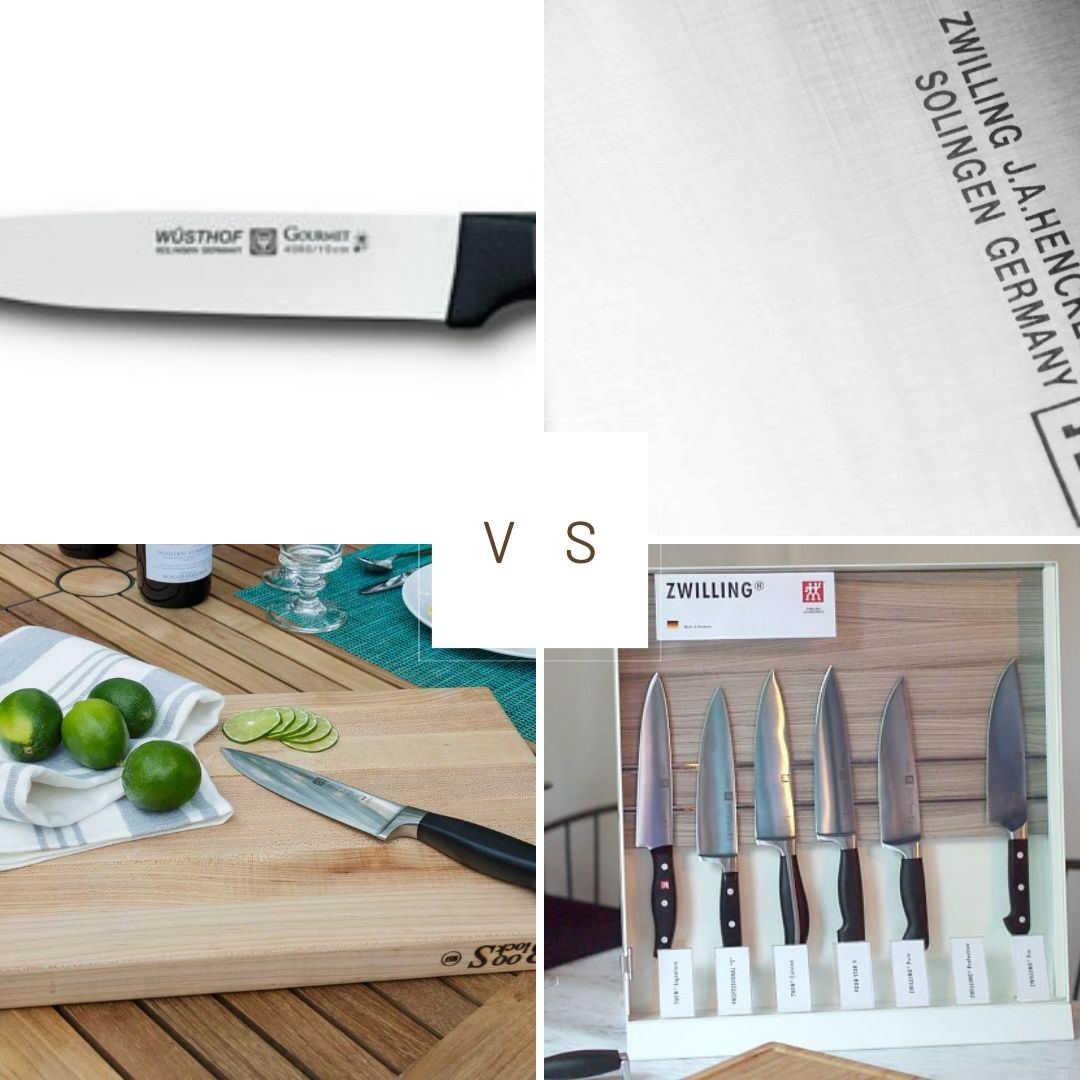

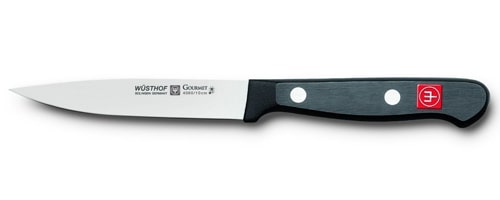
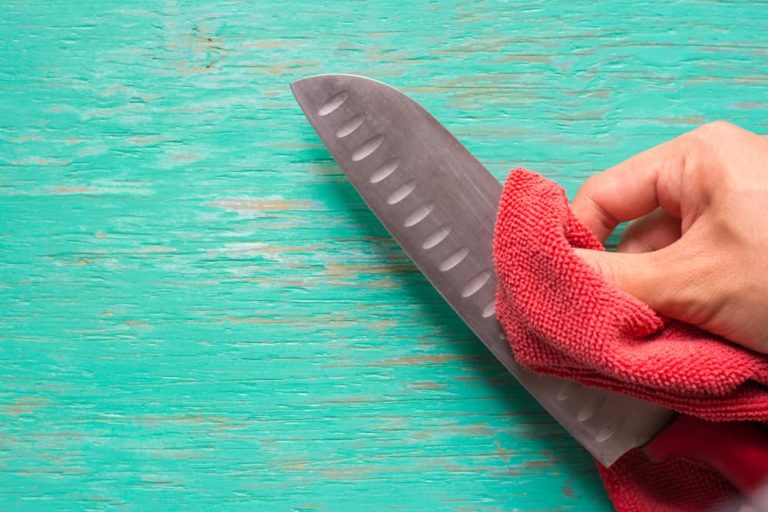
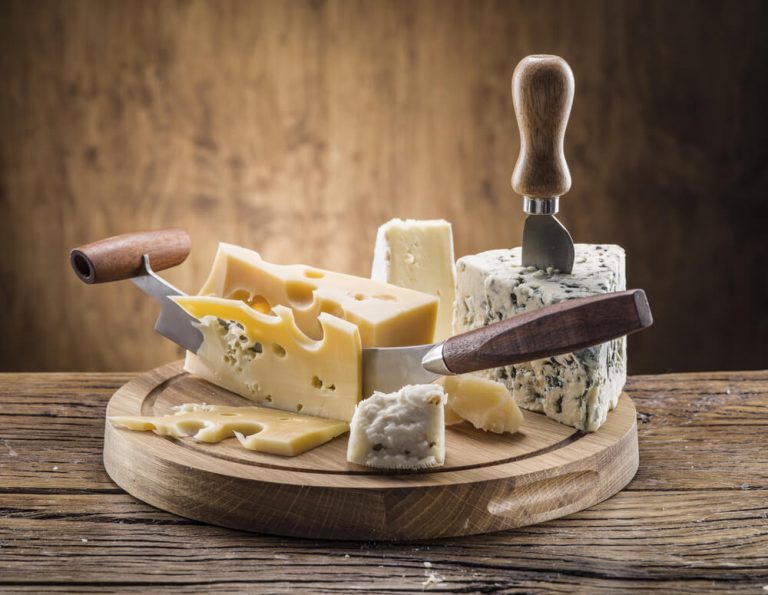

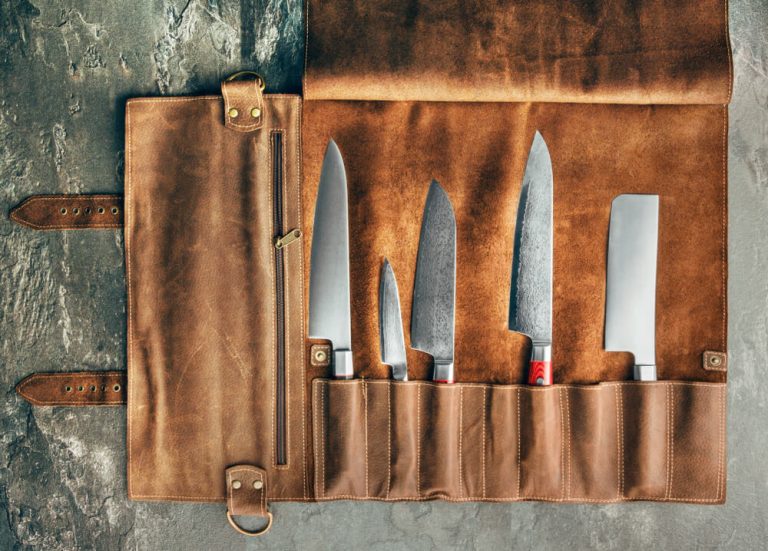
One Comment